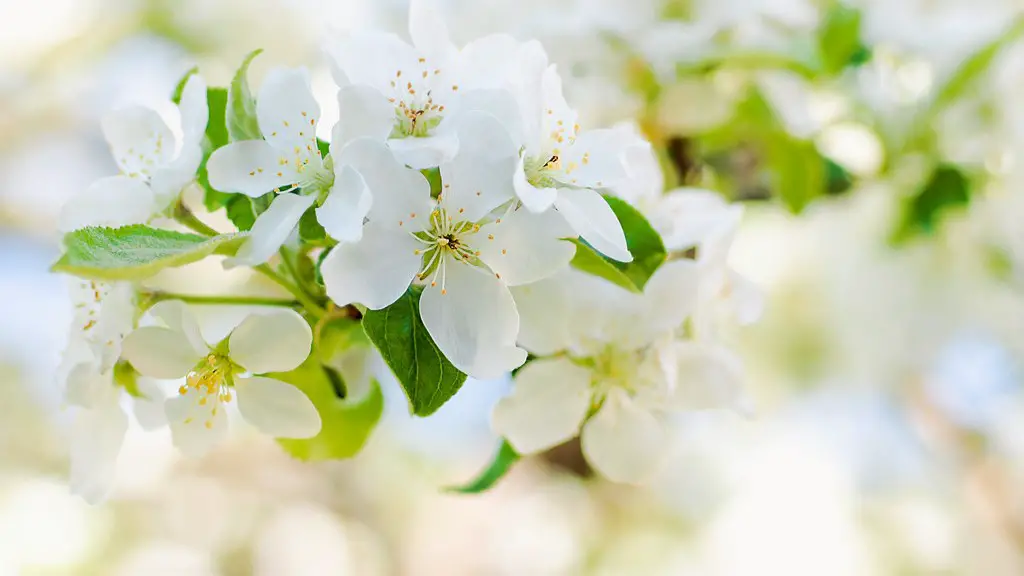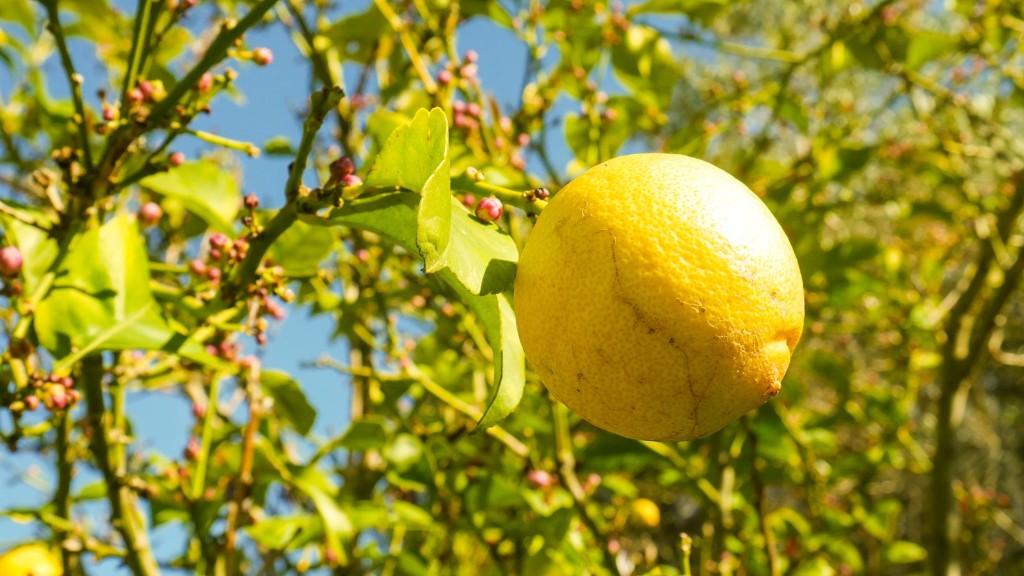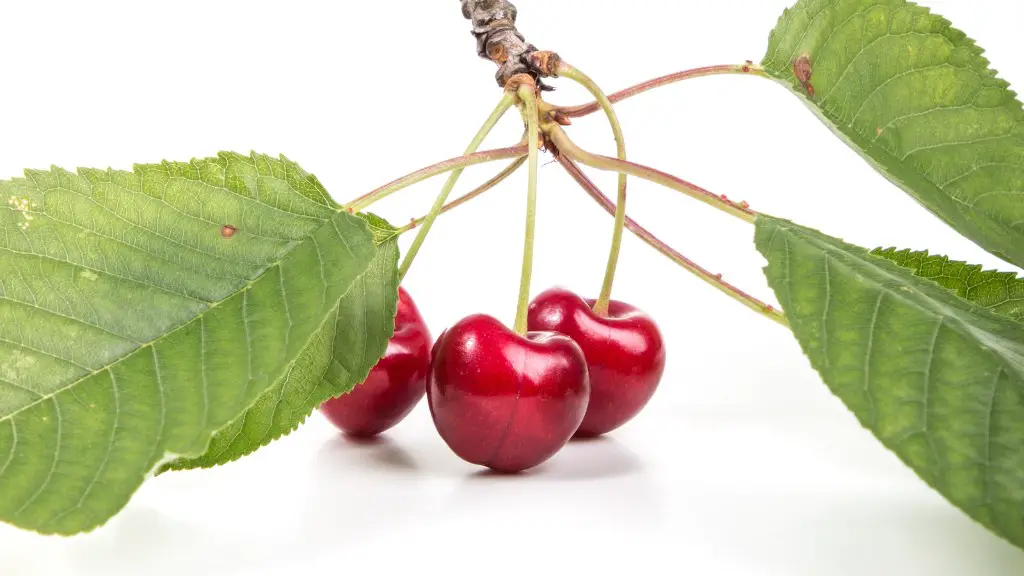Meyer lemon trees are renowned for their fragrant and delicious citrus fruits, and though they are surprisingly hardy, fertilizing them can be beneficial for their growth and health. The most important factor to consider when fertilizing Meyer lemon trees is timing, so it is essential to ensure you feed the tree when needed to avoid over- or under-fertilization. Below are the essential points to consider when determining when to fertilize a Meyer lemon tree.
Observe the Tree’s Growth Rate
You should take observation seriously when determining when to fertilize your Meyer lemon tree, as it can be an excellent indicator of how much nutrition the tree is getting from the soil. Depending on the time of year, Meyer lemon trees should show steady growth, so monitor the length of the tree’s branches and compare that to the previous weeks or months to determine if the tree is growing at an appropriate rate.
Look for Foliage Discoloration
When a Meyer lemon tree is under-fertilized, its foliage can start to yellow. If you notice this discoloration occurring, even in a small area, it is likely time to feed the tree. On the other hand, you should also be aware of any signs of over-fertilization, such as yellow or brown spots scattered on leaves, as this could be an indicator that the soil your tree is in is too nutritionally rich for it.
Time for Fruiting Season
Fertilization is most essential for Meyer lemon trees prior to or during the fruiting season. A few weeks prior to the start of this season, use a balanced fertilizer such as a slow release 8-10-10 or a liquid organic flower and fruit fertilizer. Be sure to add the fertilizer to moist soil, using the instructions on the package, to ensure the tree can metabolize and absorb the nutrients effectively.
Winter Months
Meyer lemon trees should not require fertilization during the winter, unless there are any signs of foliage discoloration, as described above. Over-fertilizing during the winter months can lead to excessive growth, putting too much stress on the tree when the weather gets warmer in the spring. Therefore, it is not usually necessary to fertilize your Meyer lemon tree during the sleepy winter months.
Add Manure During Planting and Repotting
When planting a Meyer lemon tree, it is beneficial to mix in some compost or manure to the planting soil. You should then use an organic fertilizer with a high nitrogen ratio when the tree is moved or repotted. Applying a balanced fertilizer to the outside of the tree’s rootball is also possible when the tree is being moved, otherwise the roots should stay undisturbed.
Wrapping Up Fertilizing
Finally, when fertilizing a Meyer lemon tree, it is important to consider the method used for application. If you are using a liquid fertilizer, it can be most beneficial when diluted to one-half or one-quarter of the recommended strength and applied to the soil regularly. Alternatively, granulated fertilizers can be added to the surface of the soil and watered down. Using either of these methods, it is recommended that the fertilizer is applied no more than three times per year.
Identifying Nutrient Deficiencies
If your Meyer lemon tree is not growing as expected, or is showing signs of disease, it is possible it is suffering from a nutrient deficiency. To help identify and eradicate these deficiencies, it can be useful to perform a soil test and observe the problem, as this will enable you to pinpoint the exact nutrient being deficit. It can then be addressed with a fertilizer that provides the required nutrient.
Compost Use
In addition to a fertilizer, Meyer lemon trees can benefit from an application of compost during the spring or summer. Organic compost is especially beneficial as it can increase the soil’s pH balance and can provide various essential nutrients to the tree, such as nitrogen and phosphorus. You should ensure the compost is mixed or mulched around the soil to ensure it can be easily absorbed.
The Best Fertilizer for Meyer Lemon Trees
When it comes to choosing the best fertilizer for a Meyer lemon tree, you should select one with a balanced blend of nitrogen, phosphorus and potassium. Be sure to apply other micro-nutrients specific to Meyer Lemon trees, such as sulfur and zinc, that can be found in organic or specialty fertilizers. Some great organic fertilizer options for Meyer lemon trees include fish emulsion, seaweed, and compost tea.
Optimal Composition For Fertilizing
The optimal nutrient breakdown for a fertilizer when fertilizing your Meyer lemon tree should be 6 to 8 percent nitrogen, 3 to 4 percent phosphorus, and 4 to 5 percent potassium, as well as trace amounts of other essential micro-nutrients. Additionally, you should go for organically sourced fertilizer, which may come at a greater cost but will be better for the environment and the tree in the long run.
Organic or Inorganic Nutrients?
When it comes to fertilizing your Meyer lemon tree, you have the option to use either organic or inorganic fertilizers. Organic fertilizers work by gradually releasing smaller amounts of nutrients over a longer period, as an inorganic fertilizer typically contains more nutrients that only last for a short period. It is also important to note that going for an organic fertilizer rather than an inorganic one can be worthwhile in the long run, as it contains fewer chemicals and will sustain the soil over a longer period.
Ensuring Adequate Watering
As with any plant, a deficiency of water can be detrimental to the growth and wellbeing of a Meyer lemon tree, and too little watering can lead to leaf loss and sparse-looking foliage. To ensure you are providing your Meyer lemon tree with enough water, you should check the soil several times throughout the week and make sure that the top two inches of soil are damp. Do not leave puddles of water around the tree and make sure the root ball is moist but not sodden.
Avoiding Fertilizer Burn
When fertilizing a Meyer lemon tree, it is essential to avoid overfertilizing, which can cause undesired effects, such as yellowing and browning of the leaves. To avoid this, you can create a shallow ring around the tree and place the fertilizer in the middle of this, or alternatively, you can add the fertilizer to the soil away from the trunk. Additionally, be sure to follow the instructions that come with the fertilizer, as this could prevent any over-fertilization and, consequently, damage to the tree.



